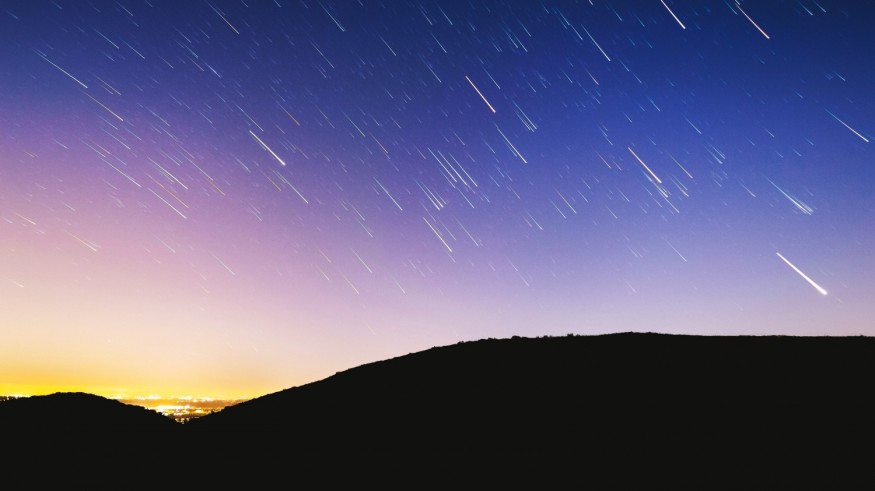
Some Asian countries may get enough of a break in cloud cover to view one of the best meteor showers of the year as it reaches its peak early next week. The peak of Orionid shower will occur Monday night, Oct. 21 to early Tuesday morning, Oct. 22.
According to AccuWeather, the best viewing conditions are expected to be across northeastern and southwestern China, the Korean Peninsula, as well as northern India and some parts of the Philippines as areas of high pressure promote mostly clear skies across these regions.
Cloud cover will not be the only factor that can hinder viewing conditions late Monday night and into early Tuesday morning. The moon will be about 50% illuminated on the peak night as it will reach the last quarter phase early on Monday.
Meanwhile, a cold front stalled just south and east of Japan that will keep clouds over much of mainland Japan with occasional showers expected near the coast. Another storm system will bring poor viewing conditions in no small portions of China.
Clouds may seem clear enough for onlookers in Myanmar, Thailand, and Laos to catch some meteors through the late-night once afternoon and evening showers, and thunderstorms dissipate on those countries.
Viewers will not have much luck in central and southern India. Monsoonal moisture will produce a relatively thick cloud cover, blocking much of the sky across the region.
However, cloudy skies in a few parts of the Philippines. Among these areas is Cebu in Central Visayas. Probably, meteor shower may not visible, according to their local weather forecast.
Monday night will not be the last chance to see the Orionids as the meteor shower continues until Nov. 7. Sightseers may see shooting stars streaking over the sky starting Oct. 21 and would be best viewed after midnight.
The meteors during the Orionid shower are fragments coming from the debris stream of the comets, according to Penn Live. These tiny meteorites look like small fireballs in the sky as they flare up and dissolve quickly after penetrating Earth's atmosphere.
The Orionid meteor shower has been one of the most-awaited astronomical events for October as Earth passes through the path created by Halley's Comet. It would be best to do so in a dark area with a full view of the sky. It would be best to avoid well-lit places since unnatural lights may limit the visibility of the meteors.
You should be able to see Orionids with a pair of binoculars with proper solar filters that could help you out. Depending on where you are, the sky may be blocked by the moon, clouds, or fog.
It is best to find a good and wide open space away from tall structures or trees and with as little light as possible. It is much better if you have more views of the sky.
Stargazers who may not be able to see the peak of Orionids' meteor shower still have the opportunity to look for shooting stars before 2019 ends as four more meteor showers will reach their peak during the next couple of months. This includes the Geminids in mid-December, which can regularly feature over 100 meteors per hour.
© 2025 NatureWorldNews.com All rights reserved. Do not reproduce without permission.





